
Creative: Regal Archives
Regal Archives:The return of good old fashioned craftsmanship
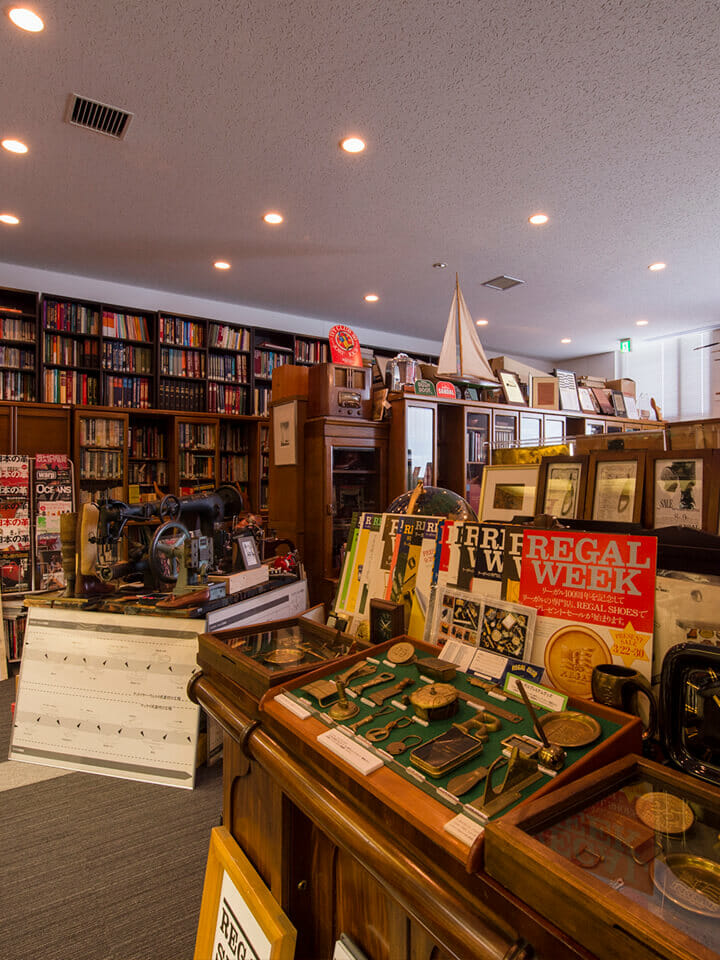
Japanese shoes shares its history with the munitions industry.
There is no sign of declaration of a national holiday yet, but March 15th is "Shoes Day". On that day in 1870, the first shoe factory in Japan, Ise Katsuzo Shoe Factory, opened in Tsukiji Irifune-cho, Tokyo. The inventor was Masujiro Omura, the founder of the Japanese Army. And it was a man named Katsuzo Nishimura who took charge of the site at the behest of Omura. Nishimura, who laid the foundation, will make a name for himself as the father of the shoe industry.
Another man Omura noticed was Naoki Dan. He was entrusted with the leather industry throughout the Kanto region by the Shogunate, and he too opened a leather manufacturing and military boots manufacturing factory/training site in Oji Takinogawa the same year. And two years later in 1872 we would start a shoe factory in Asakusa. Asakusa, as you know, is one of Japan's largest producers of leather shoes, so in other words, it is Dan that sowed the seeds.
At about the same time, a factory was opened in Osaka. Fujita Denzaburo's Leather Factory (1876) and Okura Kumi Leather Factory (1879). The former is the founder of Fujita Zaibatsu, or conglomerate, the parent company of Fujita Kanko, and the latter is the founder of Okura Zaibatsu.
Okura Group Leather Factory, which merged a leather factory with the Ise Katsuzo Shoe Factory, and Tokyo Leather Co., Ltd., which was influenced by Dan, all came together to create Japan Shoes, which later became Regal Corporation. This was on the eve of the Russo-Japanese War, and Japan Shoes bought a large amount of allianz shoemaking machines from Germany, and after that, they were tasked to produce leather shoes for the Japanese army.
The other big player who still remains is Otsuka Shoe. Its roots are in 1872, when Iwajiro Otsuka opened Otsuka Shoten in Shiba Rougetsucho at the age of 13. He was praised for his shoes he had made for high-ranking officials of the Imperial Household Agency, and was designated as a purveyor to the Imperial Household Agency in 1882. He would go on to make shoes for the Navy.
The defeat of the war marked the beginning of the common people's era. While investing in equipment, Japan Shoes sent employees to Northampton, England, the sanctuary for men's shoes, and the United States, which drove the industrial revolution of shoes, to solidify the foothold for the coming era of machine production.
Thus, the industry will shift to machine production in full capacity after the 1964 Tokyo Olympics.
Then, the TQ system that came into effect in 1986 forced the industry to relocate. It was an agreement that imported shoes, which had a limited number that could be imported, could now be purchased without any limits as long as the tariffs were paid.
It was around 1990 that a ray of light shined through the hollow industry. There is a movement among young people who aspired to become handmade shoemakers. It was basically a trend. In a nutshell, these young people who felt the limits of the 20th century business model, chose to do something the old fashioned way. It was the last-minute succession they were hoping for, right around the time when the surviving handmade shoemakers began to think about retirement.
Nowadays, major shoe makers are continuing with this trend, and by adding young aspiring craftsmen to their team, higher-grade collections are being made.
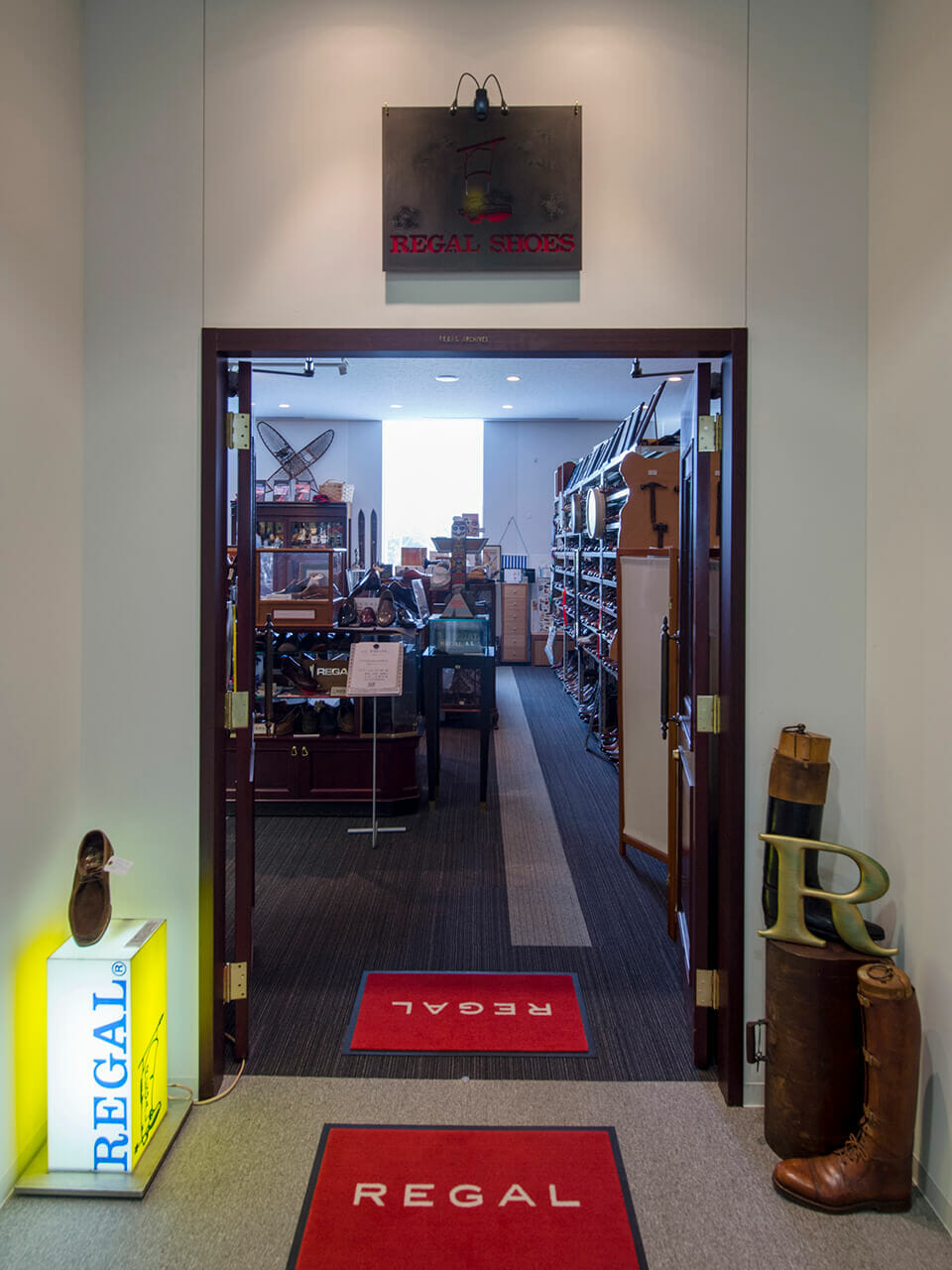
The Regal Archives which opened in 2010.
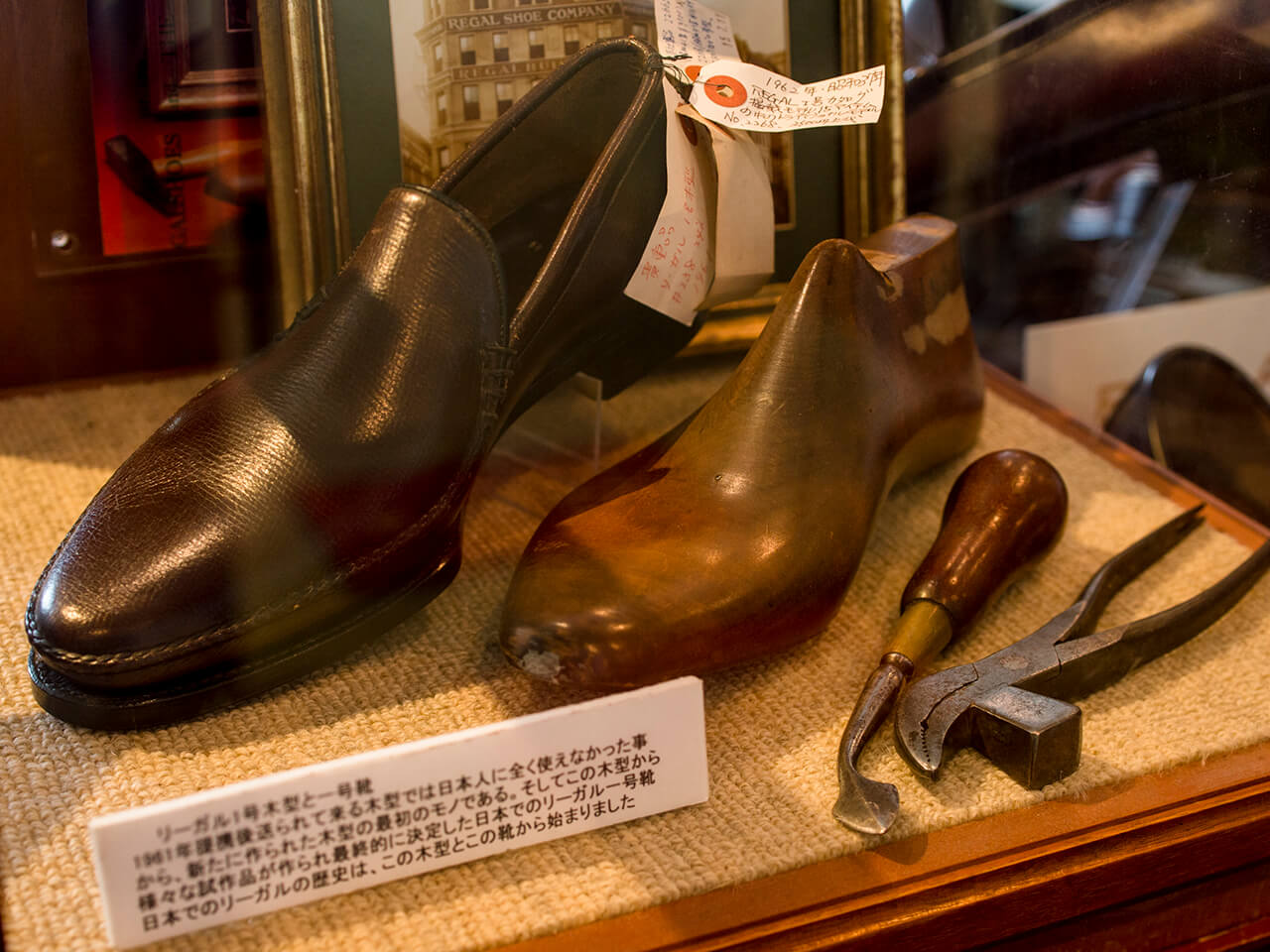
The first Regal shoe last and first shoe.
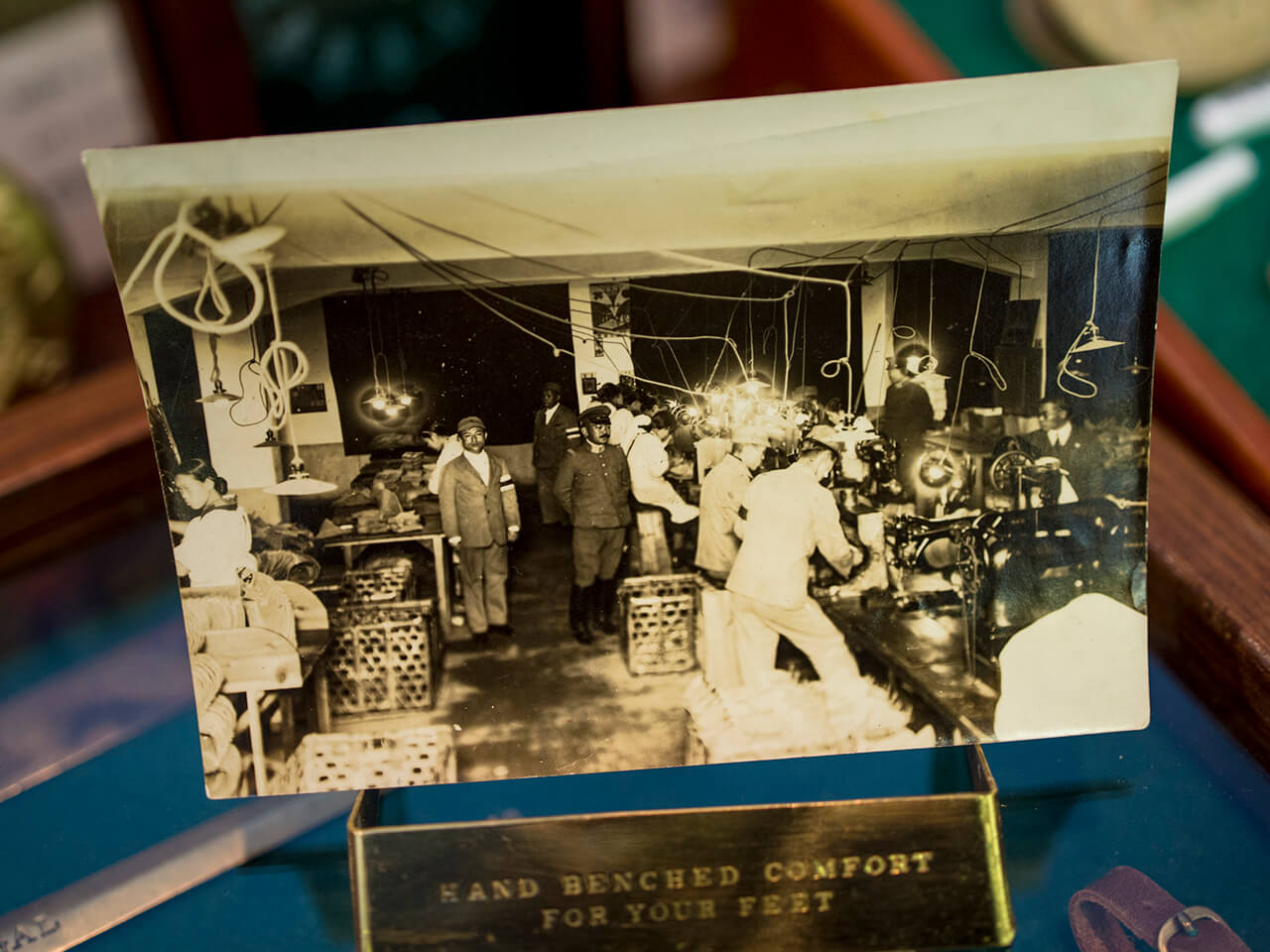
Factory scenery from around 1915. Military personnel are keeping watch. Not only shoes but also such materials are available at Regal Archives.
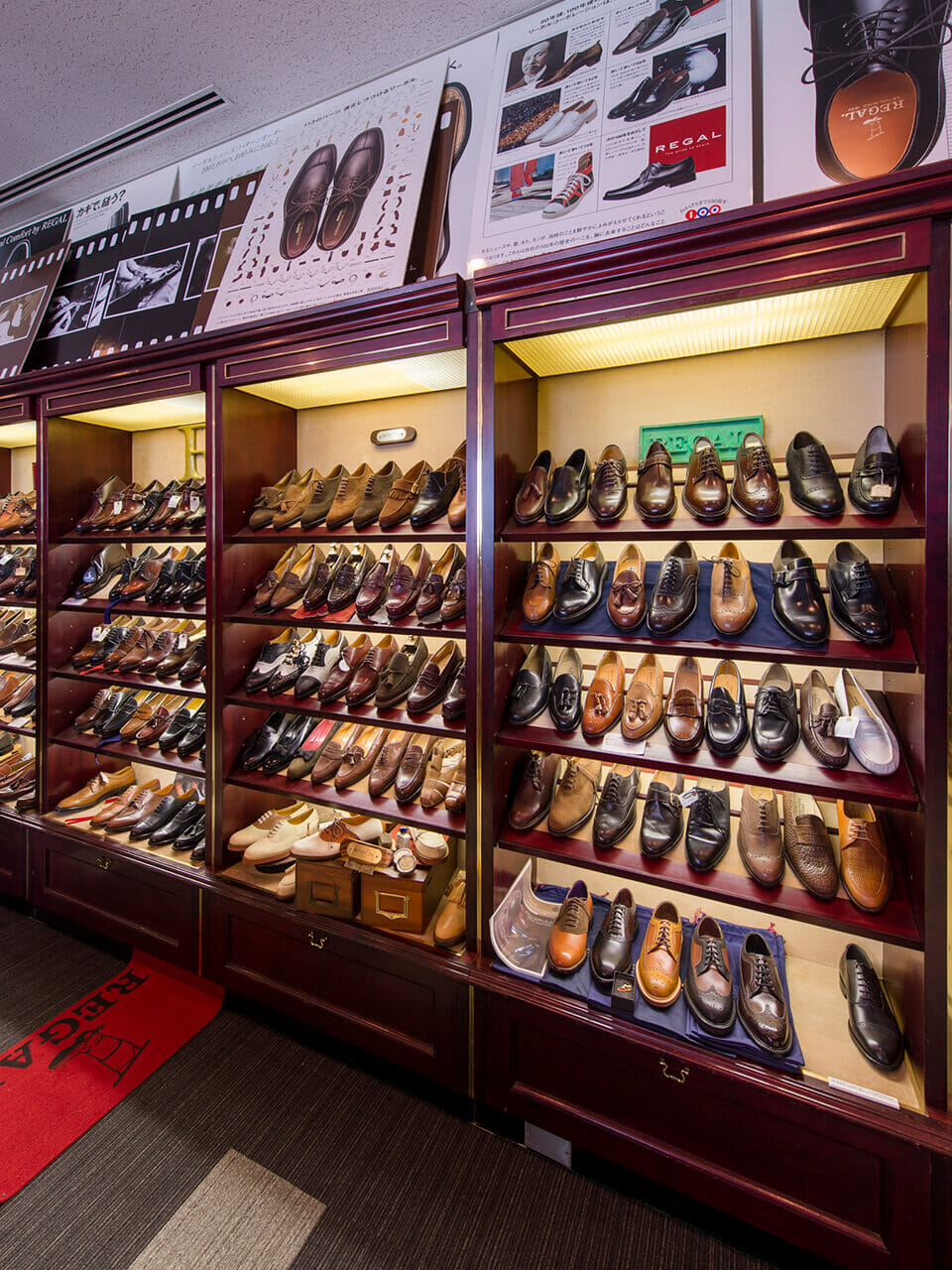

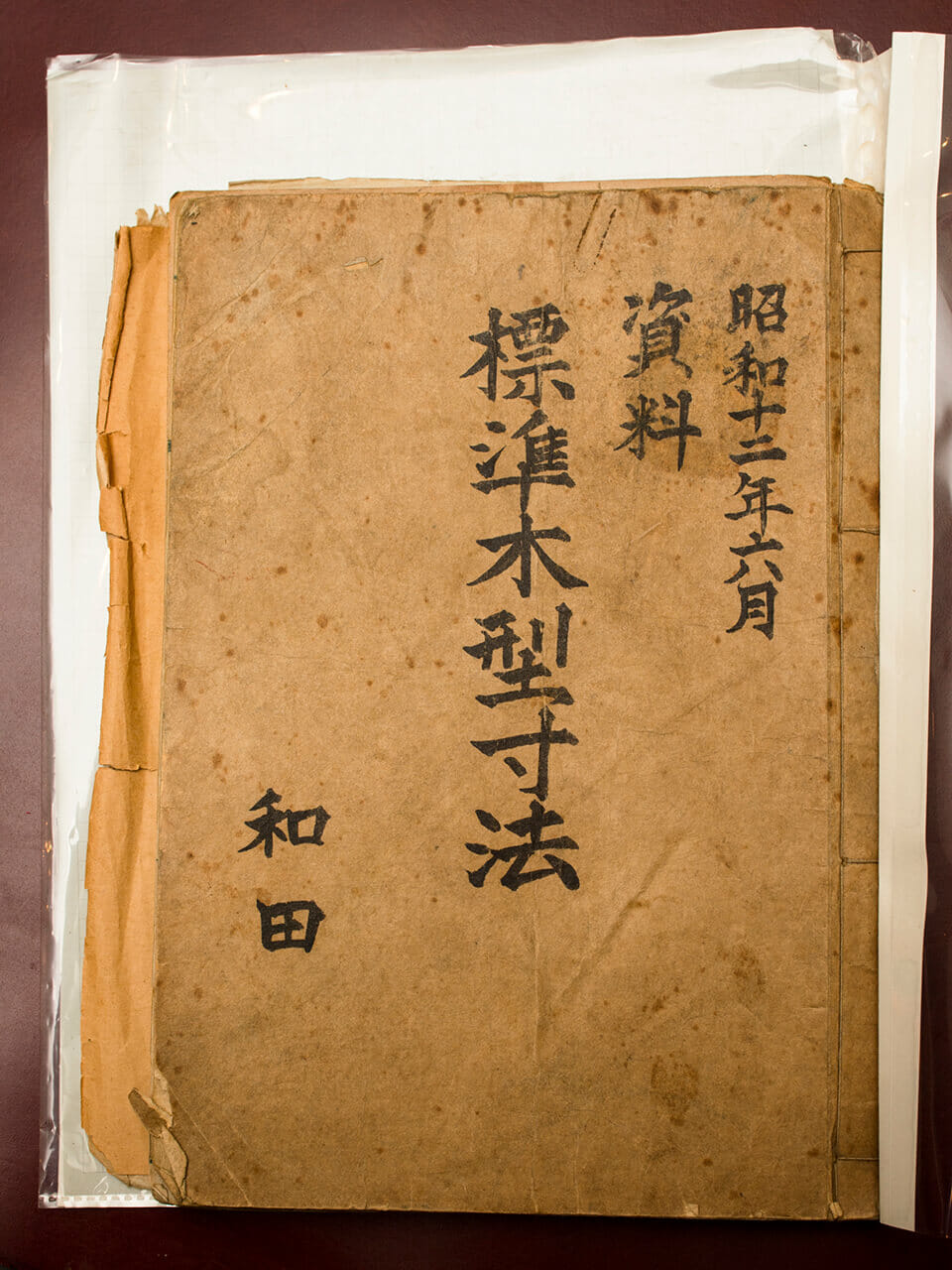
JIS standard for shoes that applies to specific shoes. The base was made by Japan Shoes, that is, Regal Corporation. The photo booklet is a measurement table from that time.
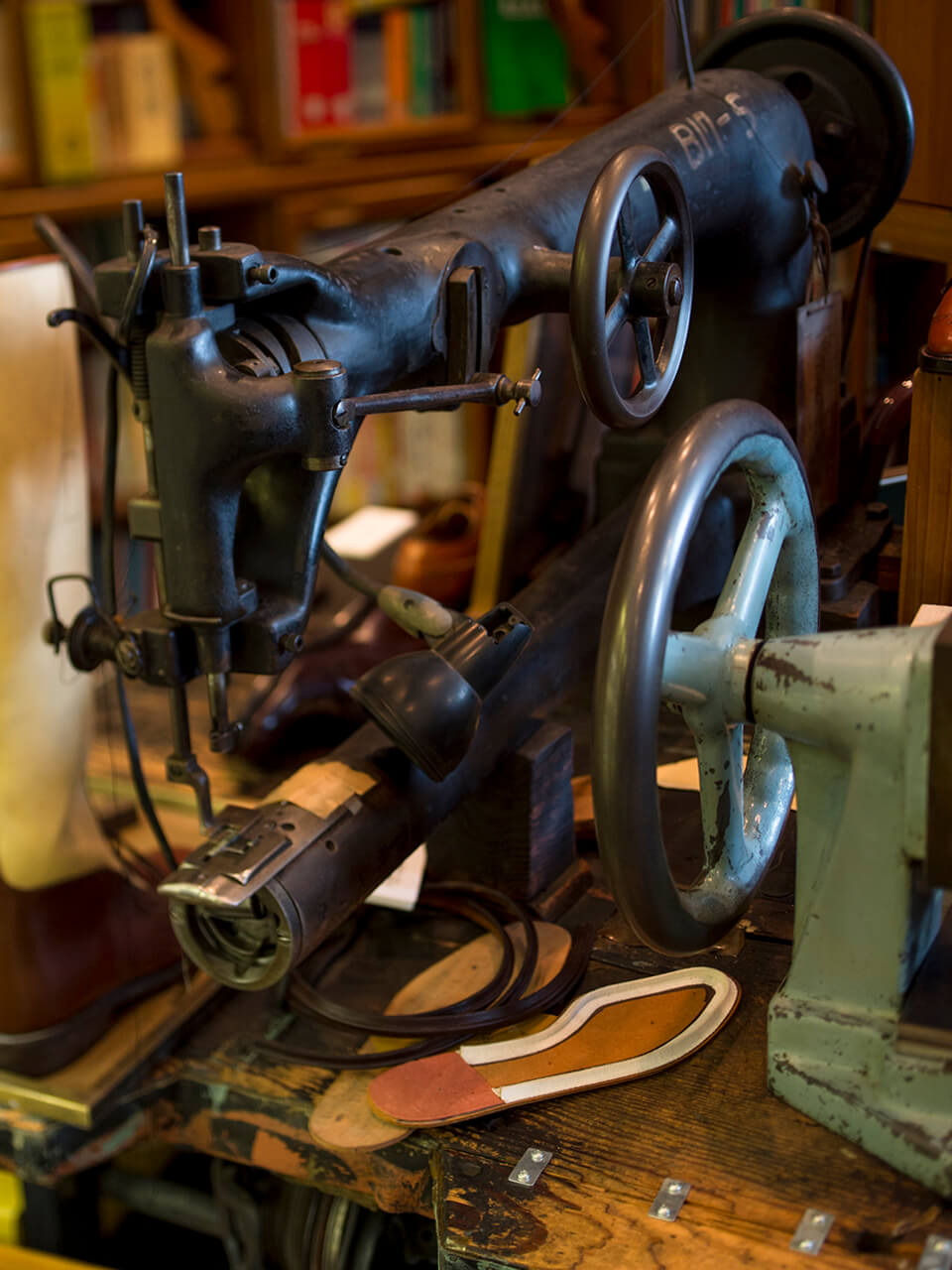
Singer's 1915 instep sewing machine for boots. The number B17-5 hand-painted on the machine means the fifth machine in the 17th row. At that time, it was said that such sewing machines were in full operation 24 hours a day in 3 shifts.